Category: Early Christianity
Kilmichael is possibly the oldest house on the Isle of Arran and is associated with the Fullerton family who were one of the two major landowners on the island. The name itself indicates the location of the house may be on the site of an early Christian cell dedicated to St Michael. An apparition of a Grey Lady supposedly haunts the hotel.
Around 450AD St Patrick, patron saint of Ireland is supposed to have preached on the banks of Ullswater in Cumbria. The whole Patterdale area is named after him. In Glenridding a Holy Well dedicated to St Patrick can still be found roughly one mile outside of the village of Glenridding.
Still referred to as a Cathedral, St Machar’s has not held a Bishop’s seat since the Reformation and is in reality a high kirk. Legend has it that St Machar was informed by God to find a place where a river bends like a bishops crozier and then to establish a church there. Hence in 580 St Machar founded his church in Aberdeen where the River Don flows upon such a route.
Glastonbury has been identified with the mysterious Isle of Avalon from the twelfth century, its past has become steeped in myth and legend, and it is probably most famous for its Arthurian and early Christian traditions.
The Chalice Well has been associated with healing and with the Holy Grail for many years. According to legend Joseph of Arimethea placed the cup that held the blood of Christ into the well. The waters run red with Iron Oxide another association with blood.
The Tor has been associated with magic and mystery for thousands of years. It seems likely that early man used the tor for rituals, and maze like path has been identified spiralling around the tor seven times. Professor Philip Rahtz dated the terraces to the Neolithic period, and concluded that they may have been part of a maze.
This is a reproduction of the cross said to have been found in Arthur’s grave at Glastonbury Abbey. The actual grave seems to have been a very early burial but the Arthur link is tenuous. The actual cross disappeared many years ago and the only depiction is from a drawing by William Camden in 1607, from which this picture has been redrawn.
St Albans has a multitude of ghosts and strange stories, many of which are attached to the magnificent abbey. St Albans has been occupied from very early in its history, the Roman town of Verulamium once stood in the valley, in the area where the public park now lies.
Underneath the streets of Royston, below the ancient Icknield way lies a secret cave, rediscovered in 1702 and dating back perhaps a thousand years. The cave, which is a bell shaped hole carved from the solid chalk, has a multitude of early Christian carvings depicting saints and religious scenes.
Around 794AD, King Offa of Mercia demanded the head of the Christian King Ethelbert of East Anglia whilst he was making arrangements to marry Offa’s daughter. Not far from the location of Marden Church the young king was assassinated and his body hidden. After rumours of Ethelbert’s ghost being seen in the marden area, Offa asked the Pope for absolution.

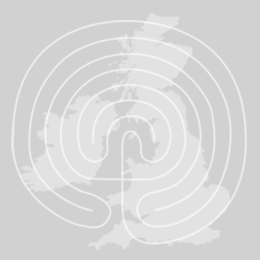
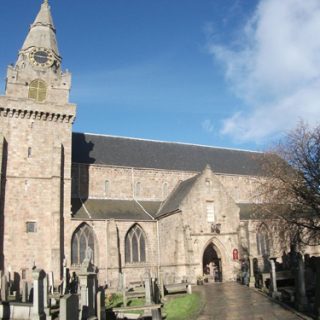
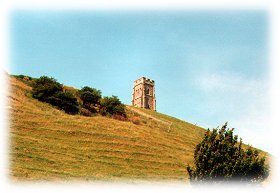
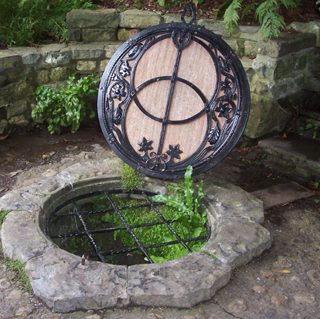
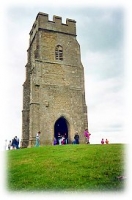
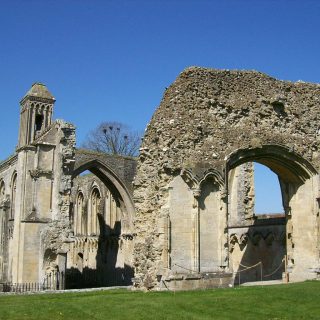
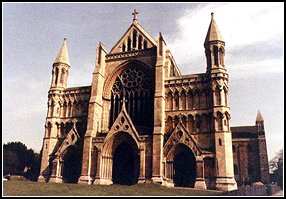
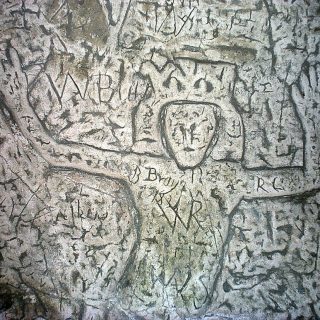
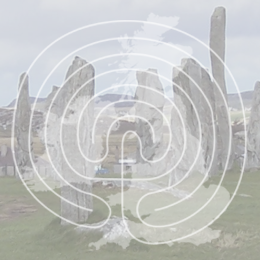
Recent Comments